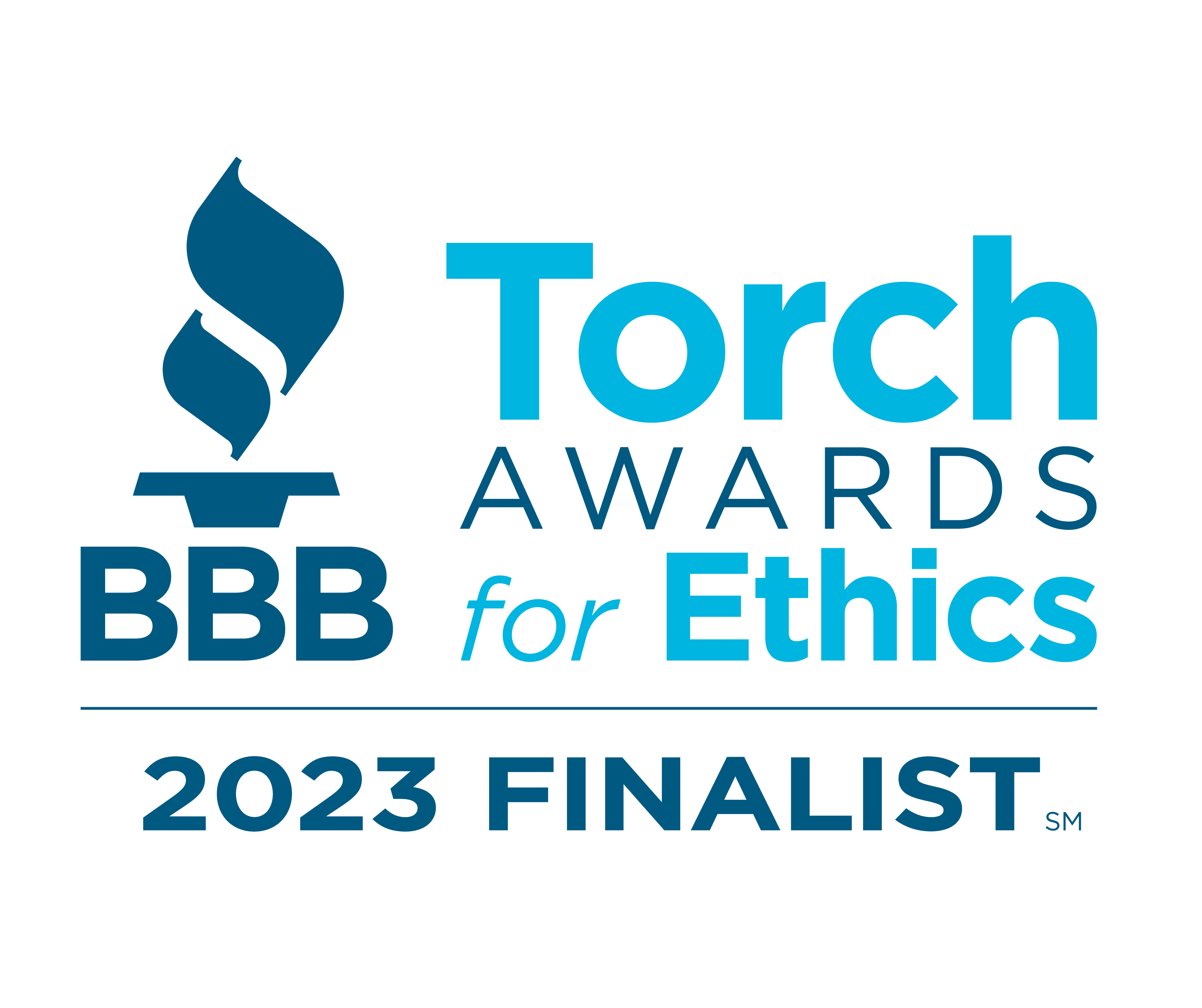Are you overpaying the IRS?
Each year millions of Americans overpay on their taxes and receive the difference in the form of a tax refund.
In 2017 alone, the IRS refunded more than $300 billion, and the average filer received $2,782.
The problem with overpaying on your taxes is that you give away money that you need today.
It’ll take the IRS weeks to refund your excess.
Meanwhile, you have bills to pay right now.
Luckily, we’re giving you seven tax saving tips that will make sure you never overpay the IRS again.
Here are seven tax saving tips for 2019:
- Deduct your investment losses
- Max out your retirement account
- Use your annual exclusion gift
- Use your kids to get a tax break.
- Bunch your deductions
- File electronically
- Organize your record early
1. Deduct your capital losses
The year 2018 was a bad year for investors.
The volatile nature of the stock market meant a negative return for many.
Fortunately, you can deduct some of your capital (stock market) losses.
Here’s how it works: you can claim up to $3,000 in capital losses per year and if you have more losses, you can make another $3,000 claim next year. But there are a few rules.
First, you can only claim realized capital losses; a stock becomes “realized” when you sell it.
Secondly, you can’t buy an identical stock thirty days before or after you sell the stock in question.
Otherwise, you lose your claim.
You can calculate and claim your capital loss deduction using Schedule D of your tax return (Form 1040).
2. Max out your retirement account
The deadline for a 401k contribution was in December.
But if you have an IRA, you can still fund it till April 15, 2019, to increase your IRA deduction.
And if you’re self-employed or a small business owner using the SEP-IRA, you get a filing extension till October 15, 2019.
The maximum contribution you can make to your IRA this year is $6, 000 (or 7,000 if you’re 50 or older).
For a Keogh or SEP-IRA, the maximum contribution is $55,000.
To qualify for the IRA deduction, you must meet the following requirements:
Your adjusted gross income (AGI) should be $63,000 or less for an individual and $101,000 or less for married couples filing together.
You shouldn’t be able to participate in a company retirement plan.
If your spouse qualifies for a company plan, you can still deduct your IRA.
At this point, your combined AGI is not above $189,000.
The amount you can deduct from your IRA contribution depends on your tax bracket.
If you are in the 35% tax bracket and make the maximum deductible contribution ($5,500), you can deduct up to $1,925 in taxes for the first year.
3. Use your annual exclusion gifts
Few people take advantage of the annual exclusion gifts and its many benefits.
You can give up to $15,000 (or $30,000 if you’re a married couple) tax-free each year to as many people as you wish.
You also have a lifetime limit of $11.18 million that you can gift tax-free.
If you’re a parent with a young or college-aged child, you can gift money to your child by putting it in a trust or a 529 plan.
A 529 plan is a college savings plan that allows you to grow and withdraw your money tax-free.
For married couples, the benefits of the annual exclusion gifts go even further.
Married couples can give each other a gift of any value (if your spouse is a U.S citizen) tax-free.
If your spouse is not a U.S citizen, the annual exclusion amount for the 2018 tax year is $152,000.
4. Use your kids to get a tax break
Kids are a handful, but they can save you a lot of money come tax season.
How? Parents are eligible for three different types of tax credits – the child tax credit, the child and dependent care credit and the earned income tax credit (EIC).
Child tax credit: You can claim a non-refundable child tax credit of up to $2,000 if you have children under 17.
To qualify, you must fall within these income limit – $2,500 to $200,000 for singles and $2,500 to 400,000 for married couples filing together.
Child and dependent care credit: If you have a child under 13 and spend most of your time at work or looking for a job, you can claim a non-refundable child and dependent care credit to cover your child care expenses.
Qualified expenses include daycare, nursery school, private kindergarten, and after-school programs.
The amount you’ll receive depends on your income, but it’s typically 20% to 35% of your childcare expenses with a $3,000 cap per child.
Earned income tax credit: This is a refundable tax credit designed for low-to-moderate income earners.
Those who qualify will receive a refundable tax credit depending on the number of qualified children they have.
If you have three qualified children, you can receive a maximum of $6,431.
With two qualified children, you can receive a maximum of $5,616.
One qualified child can earn you a maximum of $3,400.
And if you have no qualifying child, you can receive a maximum of $510.
For a child to qualify, he/she must be your son, daughter, stepchild, foster child, adopted child, niece, nephew, or grandchild.
The child must also be younger than 19 or 24 if they are a full-time student living with you for half the year.
What is considered low-to-moderate income?
A. For singles, head of households and qualified widowers the maximum income limits are:
- $15,000 if you have no qualified child.
- $39,617 if you have one qualified child.
- $45,0007 if you have two qualified children
- $48,340 if you have three qualified children
B. For married couples filing jointly the maximum income limits are:
- $20,600 if you have no qualified child
- $45,207 if you have one qualified child
- $50,597 if you have two qualified children
- $53,930 if you have three qualified children
Also, to qualify, you must have earned at least $1 in wages, salaries, tips, or from a business during the year.
For married couples, every qualified member of the family must have a Social Security Number, and you must file jointly.
And for divorcees, only one of you can claim a child as a dependent on your tax return.
5. Bunch your deductions
The Tax and Jobs Cut Act of 2017 doubled the standard deduction from $6,500 to $12,000 for individuals, $9,550 to $18,000 for heads of households, and $13,000 to $24,000 for married couples filing jointly.
As a result, fewer people will itemize this year.
If you don’t have enough items to surpass the standard deduction, but still want to itemize, you can bunch your deductions for the year.
Bunching means you combine two year’s worth of deductible costs in one year so you can take the itemized deduction – and save more on taxes.
Bunching requires a bit of planning, but it’s worth the extra effort.
You can bunch many deductions including mortgage interest, property taxes, medical expenses, charitable contributions, and state income taxes.
Here’s how it works, let’s say you have a lot of medical expenses this year – which puts you in a great position to bunch – you can double how much you give in charitable contributions and pay next year’s property tax in advance to boost your itemized deduction for this year.
For example, if you and your spouse get a property tax bill of $10,000 in December that’s due for January, you can pay it in December, so it becomes deductible for that year.
Combine that with your mortgage interest, which for this example is $8,000, and you already have $18,000 in deductible expenses.
You can then add medical expenses and plan your charitable giving to surpass the standard threshold of $25,000.
6. File electronically
Filing your taxes online comes with many benefits. For starters, You get a faster refund.
We’re talking three to six weeks faster than a person who files with paper.
You can even choose to have your refund deposited straight into your bank account or IRA.
Also, e-filing is faster not just for you to file but also for the IRS to process.
You no longer have to spend days sifting through piles of forms and paper documents to file your income tax.
Finally, e-filing is 100% accurate. Many software programs now exist that take the guesswork out of filing.
They tell you which deductions you qualify for and do the calculations, so you don’t make a mistake on your return.
The IRS even double checks and confirms that they received your tax return–a courtesy you don’t get when you file with paper.
E-filing isn’t for everyone though.
If you have a simple tax return, you can file with paper.
You are also ineligible for e-filing if you’re married but filing separately or you’re submitting a form that can’t be filed electronically.
E-filing begins January 15 and ends October 15.
7. Organize your records early
Organizing your documents is perhaps the most stressful part of preparing your taxes.
You have to keep track of several documents – a W2 or 1099 for employees, 1095 for health insurance, receipts and so on.
The best way to stay ahead is to start early.
As filing season approaches, you’ll receive tons of tax-related documents in your mail; don’t throw any away, even if they don’t look important.
Here’s what you should do instead: create a designated tax folder and group similar documents together in different file folders.
Next, print out a checklist of the documents you need to complete your tax return.
You can also create a second folder where you gather receipts, acknowledgment letters, brokerage statements, and investment income information.
It might seem like a lot of paperwork, but you’ll be thankful you have it later.
Do you know more tax-saving tips?
Please share with us below.










